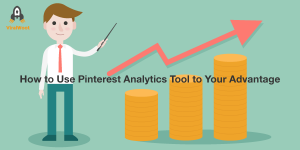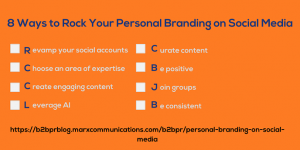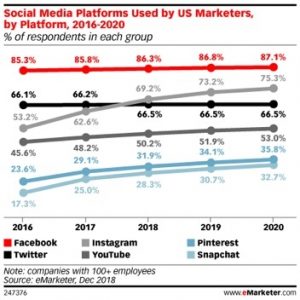Unpack the benefits and challenges of HubSpot’s LinkedIn integration, from sales efficiency boosts to new marketing hurdles for SMBs.

HubSpot’s LinkedIn integration boosts sales efficiency with real-time data sync but presents new challenges for SMBs in marketing and consolidation.
Salesforce has had a tight integration with Sales Navigator for a while, dominating the market by using LinkedIn data to target the right decision-makers. HubSpot, meanwhile, has long lacked this native two-way sync integration — until recently.
HubSpot’s Smart CRM now works with LinkedIn Sales Navigator to make your sales team more efficient and effective. This integration streamlines data sharing between the platforms, helping your team stay organized and focused on closing deals.
However, while the integration itself was announced earlier this year, the ensuing conversation — about LinkedIn as a sales tool — is now hotter than ever. And that’s because the way companies find customers is evolving.
Business development is changing fast
As AI-generated content floods traditional communication channels, cold email is becoming more challenging, search marketing is in its decline and the amount of meaningless word salad content online is skyrocketing. Conventional online channels are looking less effective than they used to be.
To make matters worse, consumer trust has plummeted to a decade-low, driving people to rely more on individuals than companies for their purchases. This makes LinkedIn a more valuable platform, full of opportunities for sales conversations.
However, it also brings new challenges to marketing and sales operations. I’ll discuss that in a minute, but first, what is this integration all about?
What does the LinkedIn-HubSpot integration do?
Sellers can now access LinkedIn insights directly within HubSpot, update CRM records with real-time information and log key activities with ease.
This translates to a seamless two-way flow of data between the two, reducing the need to switch between platforms and helping sales teams stay organized and focused on closing deals.
Some notable features include:
- Real-time LinkedIn data integration: Access LinkedIn insights directly in HubSpot, instantly.
- Streamlined data entry: Update CRM records quickly with minimal effort.
- Effortless logging of Sales Navigator activities: Easily record LinkedIn actions in HubSpot.
The integration is available to customers with Sales Hub Pro or Enterprise along with LinkedIn Sales Navigator Advanced Plus plans. However, this leaves some SMBs without access, so they may turn to alternative solutions like HubLead, Dripify or LinkMatch to facilitate sales communication and track messages and connection requests on the platform.
Challenges posed for marketing and sales operations
In the quest for consolidation, a new problem arises: sales and marketing teams know they need employee advocacy campaigns on LinkedIn, with leaders and sales teams posting and engaging with their audience through content and comments. However, as part of the rising trend of customer data debt, they lack visibility into reportable activities, making accountability difficult.
With this integration, a few other challenges become apparent:
- If SMBs have to find yet another tool to bolt onto HubSpot for this purpose, it complicates consolidation and adds another connection to monitor.
- From a strategy perspective, this means marketing and executive teams must align on how they’re using LinkedIn to develop opportunities and drive brand awareness.
- In a sales capacity, leaders want SQLs and meetings booked — but approaching LinkedIn like this could backfire and actually lead to negative commentary on the platform
- Instead, LinkedIn should be used for thought leadership, with strong calls to action when contacts are ready to engage. However, this requires a robust content library, proper training and organizational buy-in — it’s not just cold emailing on a different platform.
Our thoughts
LinkedIn presents a great opportunity for companies already leading with content and positioning their sales team as “consultants” rather than mere product peddlers.
The best approach varies, but the building blocks are the same as any good marketing channel:
- The right strategy.
- The right audience.
- The right message or content.
- The technology to manage and track it all.
LinkedIn is becoming a much more important platform for business development, so it wouldn’t be surprising to see more HubSpot features designed to better leverage the platform. Staying ahead of these developments with a relationship-centric approach to LinkedIn — and a willingness to update how you approach sales — will help ensure that your business development efforts stay effective in the future.
The post What HubSpot’s LinkedIn integration means for the future of sales and marketing appeared first on MarTech.
(4)
Report Post








